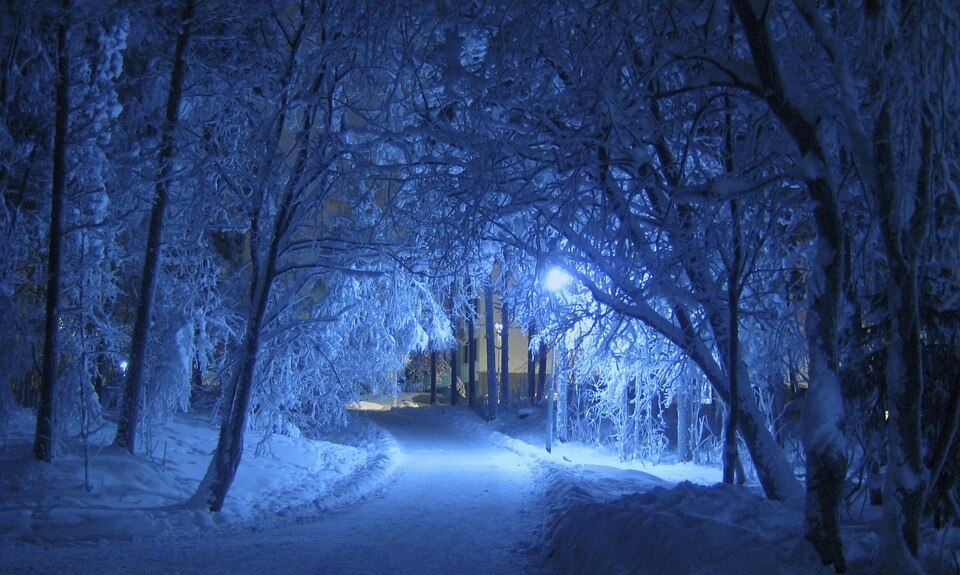
As winter approaches and the days become colder and shorter, you may find yourself wistfully longing for the warm and sunny days of summer. You’re not alone.
Many Canadians experience some form of winter blues brought on by dark and dreary conditions this time of year. But for some, these winter blues can take on a form of clinical depression known as Seasonal Affective Disorder, or S.A.D. This disorder occurs when the body’s natural rhythms become out of sync with the sun. In Canada, it’s estimated that 2-6% of the population will experience SAD symptoms while another 15% of people will experience milder versions of the so-called “winter blues.”
So how do you know if you’re S.A.D or just “sad”? Symptoms of Seasonal Affective Disorder to look out for include a change in appetite and/or weight gain, oversleeping, lack of concentration, fatigue, low energy levels, irritability, loss of interest in socializing or participating in activities you once enjoyed, and feelings of anxiety or despair.
Fortunately, there are some things you can do to feel better, including these five suggestions for fighting S.A.D:
1. Let there be light.
Waking up to darkness, coming home from work in darkness, all that darkness can do a number on your body’s natural circadian rhythms. To bolster the mood-lifting effects of sunshine, make sure to capitalize on it while you can. Keep blinds and draperies open to let in as much natural light as possible during the day. Head outside to soak up the sun while it’s shining, particularly around noon when it’s brightest. A light therapy box is another option for S.A.D sufferers; it mimics the effects of sunshine with a very bright bulb that helps to stimulate your body’s circadian rhythms and suppress its natural release of melatonin.
2. Exercise regularly.
Moving your body more is always a healthy choice, and it’s no different when it comes to fighting S.A.D. The boost of serotonin and release of feel-good endorphins you get from a good workout serve as natural antidepressants to help lift your mood. If you can exercise outside, even better, as the exposure to natural daylight will do your body and brain good. Bundle up and head out for a lunchtime stroll with co-workers, hit the slopes with friends or go ice-skating with family. By enjoying 30-60- minutes of activity on most days, you’ll reap the benefits of a stronger body, better sleep, and even improved self-esteem.
3. Try natural supplements.
The change in seasons can disrupt the balance of melatonin levels in your body, shifting your natural clock and effecting your sleep/wake cycles. To help realign delayed body rhythms caused by the late dawns and early dusks of winter, try adding a good quality melatonin supplement to your daily routine. Research suggests that most S.A.D sufferers tend to benefit from a melatonin supplement taken in the afternoon. Low levels of vitamin D have also been linked to S.A.D, so you may wish to boost your vitamin D intake during the fall and winter as well.
4. Hit the beach.
Sometimes, the best cure for the winter blues is to escape the wintery conditions altogether. Planning a warm-weather getaway in the dead of winter can lift your spirits by giving you something to look forward to, by restoring your body with sun and relaxation while you’re away, and by keeping you bolstered through the days and weeks that follow your trip. While this option may not be possible every year, it’s certainly an enjoyable way to shake off the cold and dark if you can manage it.
5. Know when to seek help.
While it’s not unusual for cold, dark weather to get you down every once in awhile, it’s important to pay attention to your body. Making healthy choices such as exercising and getting out in the sun will help many people cope with the winter blues, but if you feel your symptoms worsening you should consult your healthcare provider. Seasonal Affective Disorder is a form of clinical depression and may require additional treatments such as psychotherapy, behavioural therapy and prescription antidepressants.


